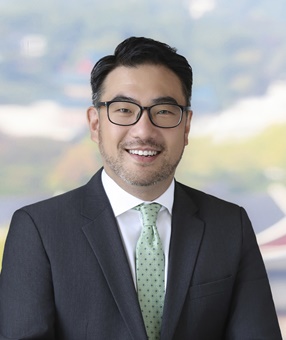Since the Prosecutors’ Office (the “PO”) issued its first indictment for a violation of the Serious Accidents Punishment Act (the “SAPA”) on June 27, 2022, it has issued indictments on three separate cases on October 19 and November 3, 2022.
Thus far, the PO has handled a total of five cases entailing violations of the SAPA, of which four cases resulted in indictment and one case in non-indictment. Regarding the non-indictment case, the PO decided not to indict the Responsible Management Personnel (the “RMP”) on June 27, 2022. For the four indictment cases, on average, it took about seven months from the occurrence of the serious accident until the indictment.
We have summarized the key aspects regarding the four indictments under the SAPA in the table below:
|
The Accused |
A/C Part Manufacturer |
Construction Contractor |
Ship Repairing Contractor |
Steel Manufacturer |
|
Serious Accident |
16 workers suffered from acute poisoning from cleaning agents that contained trichloromethane (occupational disease). |
A worker fell from a height of 11 meters while working at a factory building site. |
A subcontractor fell from a height of 10 meters while repairing a ship at a shipyard. |
A worker was hit by a metal plate of 1.2 tons, which fell from a crane at a steel manufacturing factory. |
|
Status |
Occurred on 2/10/22 |
Occurred on 3/29/22 |
Occurred on 2/19/22 |
Occurred on 3/16/22 |
|
Implication |
|
|
|
|
|
Violations |
|
|
|
|
※ This table was prepared based on the relevant PO’s press release.
Reviewing the details of the indictments, it appears that the RMPs often violated the following obligations under Article 4 of the SAPA Enforcement Decree: (i) Item 3 (to inspect hazards/risk factors and establish work procedures to address such factors), (ii) Item 5 (to establish assessment criteria for work performance of a person in charge of safety and health management), and (iii) Item 9 (to establish evaluation criteria and relevant procedures to check the compliance with the obligation to secure safety and health of subcontractors). Considering that these are the core obligations for establishing safety and health management systems, it would be critical to ensure compliance with these obligations. Otherwise, in the event of a serious accident, a causal relationship between the non-compliance and said serious accident may be established with ease. Moreover, as the implementation of these obligations must be checked at least once every six months, it is advisable to inspect the implementation status on a regular basis and take necessary measures to address any issues identified.
As more SAPA-related decisions are expected from the PO and the courts (there are 179 SAPA cases as of October 31, 2022), it would be important for companies to closely monitor the relevant decisions in order to continue to supplement their safety and health management systems, accordingly.
Related Topics








